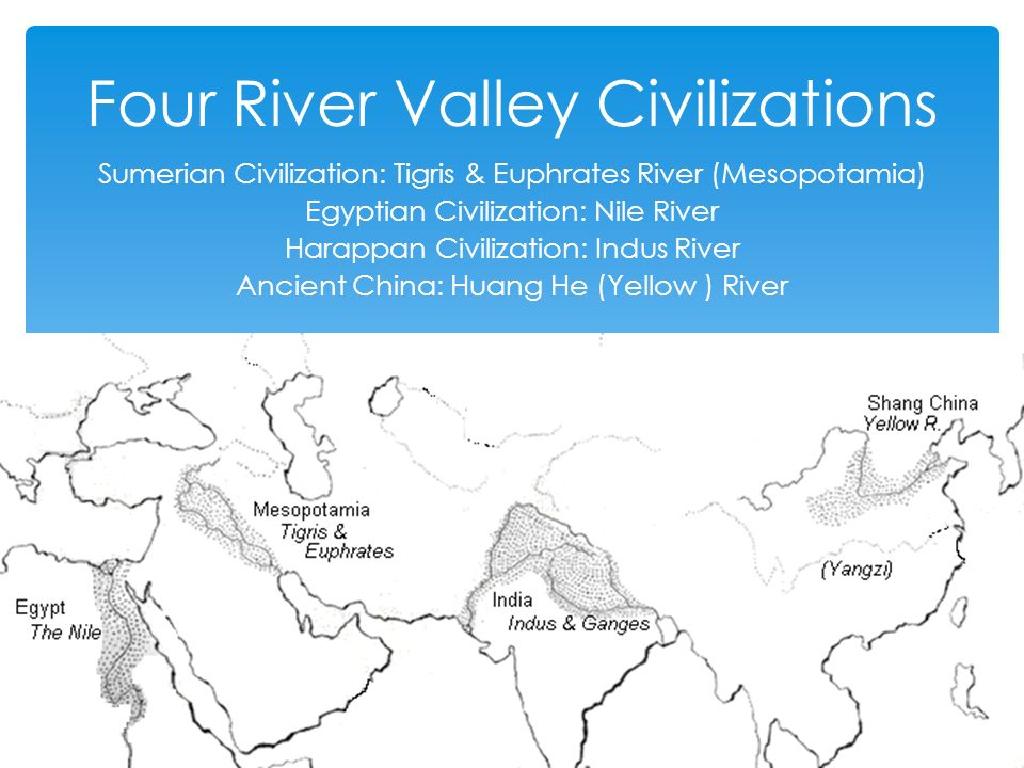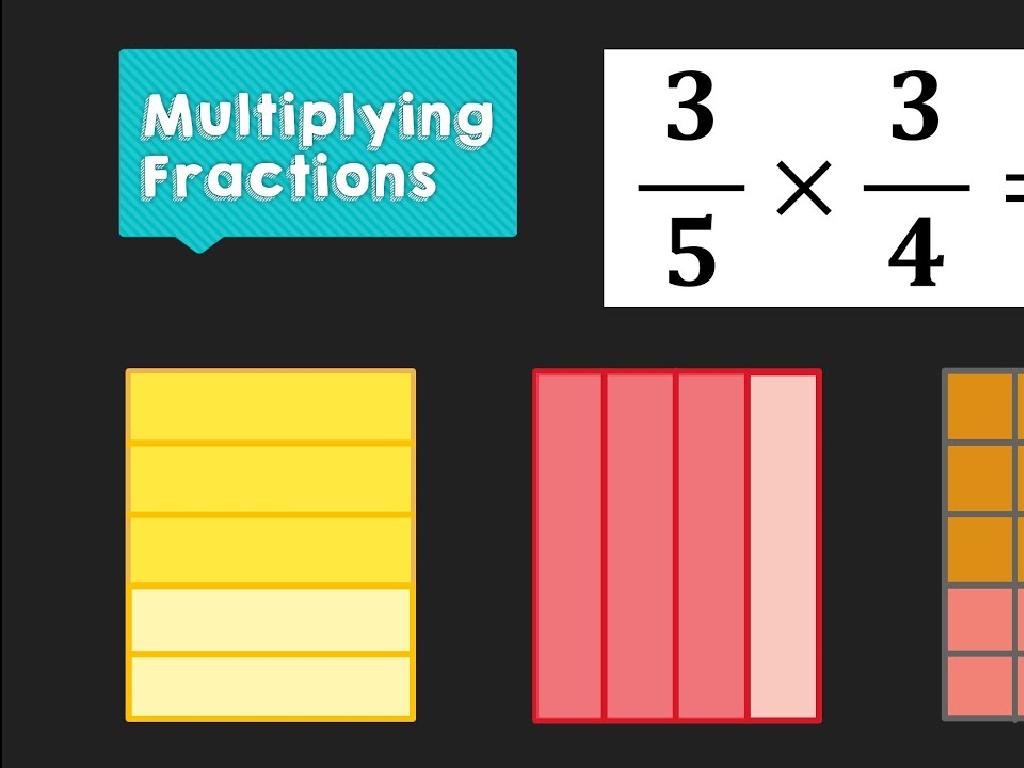Analyze Passages From I Am Malala: Part 1
Subject: Language arts
Grade: Sixth grade
Topic: Nonfiction Book Study
Please LOG IN to download the presentation. Access is available to registered users only.
View More Content
Exploring ‘I Am Malala’: Nonfiction Significance
– Grasp nonfiction elements
– Nonfiction is factual writing based on real events and people.
– ‘I Am Malala’ introduction
– Learn about Malala’s early life and her fight for education.
– Significance of Malala’s story
– Malala’s courage in advocating for girls’ education inspires many.
– Reflect on Malala’s impact
– Consider how her journey affects our view on education and rights.
|
This slide introduces students to the genre of nonfiction through the lens of ‘I Am Malala’, emphasizing the importance of factual storytelling in understanding real-world issues. Begin by explaining the characteristics of nonfiction and how it differs from fiction. Introduce Malala Yousafzai and the context of her memoir, focusing on her advocacy for girls’ education in Pakistan. Discuss why her story is significant, highlighting her bravery and the global impact of her activism. Encourage students to think critically about the themes presented in the book and how Malala’s experiences can influence their perspectives on education and human rights. Prepare to engage students in a discussion about their own experiences with education and how they can contribute to positive change in their communities.
Exploring Nonfiction with ‘I Am Malala’
– Nonfiction: Based on reality
– True events and factual information
– Contrasting fiction and nonfiction
– Fiction is creative and imagined
– Nonfiction examples
– Biographies, history books, news
– ‘I Am Malala’ as nonfiction
– Malala’s real-life experiences
|
This slide introduces the concept of nonfiction and its distinction from fiction. Nonfiction is a genre of literature that is based on real events, people, and facts, as opposed to fiction, which is derived from imagination. Examples of nonfiction include biographies, which tell the story of a person’s life; history books, which explore events of the past; and news articles, which report on current events. ‘I Am Malala’ is a nonfiction book that recounts the true experiences of Malala Yousafzai, a young girl who stood up for education and was attacked by the Taliban. This slide sets the stage for students to analyze ‘I Am Malala’ by understanding the context in which real events are presented in literature. Encourage students to think about why it’s important to distinguish between fiction and nonfiction and how nonfiction can be a powerful tool for learning about the world.
Introducing ‘I Am Malala’
– Written by Malala Yousafzai
– Youngest Nobel Prize laureate
– Advocacy for education rights
– Stood up against Taliban for girls’ education
– Significance of Malala’s voice
– Inspires global advocacy for education
– Impact on global education
– Raises awareness on education inequality
|
This slide introduces the memoir ‘I Am Malala’ by Malala Yousafzai, emphasizing her role as a young activist from Pakistan who advocates for girls’ education rights. Highlight Malala’s background, including her Nobel Peace Prize achievement, and discuss the challenges she faced when standing up against the Taliban. Explain why her story is a powerful addition to the global conversation on education, inspiring others to take action against educational inequality. Encourage students to reflect on the importance of education in their own lives and consider the impact of Malala’s advocacy on the world stage. This discussion will set the stage for a deeper analysis of the text and its themes in subsequent classes.
Understanding Malala’s Context
– Malala’s early life in Swat Valley
– Swat Valley, Pakistan, where Malala grew up, known for its beauty and conflict
– Cultural norms of her region
– Traditions and gender roles played a significant part in daily life
– Political climate in Swat Valley
– The area faced political unrest and challenges to education, especially for girls
– Influence on Malala’s viewpoint
– These factors shaped Malala’s advocacy for education and women’s rights
|
This slide aims to provide students with a background understanding of the environment in which Malala Yousafzai was raised. Discuss the geographical and cultural setting of Swat Valley, highlighting its natural beauty alongside the societal expectations and limitations placed on women and girls. Address the political instability and the rise of the Taliban, which led to the suppression of women’s rights, including the right to education. Emphasize how Malala’s experiences in this context fueled her determination to speak out for girls’ education. Encourage students to consider how their own environment shapes their perspectives and actions.
Analyzing Key Passages from I Am Malala
– Read excerpts from Part 1
– Identify main ideas and themes
– Look for central messages or lessons in the text
– Discuss Malala’s language use
– Notice the choice of words and their impact
– Explore the style of writing
– How does the writing draw you into Malala’s world?
|
This slide is aimed at guiding students through an analytical reading of selected excerpts from ‘I Am Malala.’ Students should focus on understanding the main ideas and themes presented in the first part of the book. Encourage them to identify and discuss the use of language by Malala Yousafzai, noting any powerful vocabulary or figures of speech. Additionally, students should explore the style of writing and how it contributes to the overall message and tone of the book. The goal is to deepen their appreciation of nonfiction narrative techniques and enhance their critical thinking skills regarding literature.
Exploring Themes in ‘I Am Malala’: Part 1
– Education: a right and change catalyst
– Malala views education as a fundamental right and a means to transform society.
– Family and community influence
– The support and values instilled by family and the larger community play a crucial role in Malala’s life.
– Demonstrating courage and resilience
– Malala’s story is a testament to the human spirit’s ability to overcome fear and hardship.
– Adversity’s role in personal growth
– Challenges faced by Malala highlight how adversity can shape one’s character and life path.
|
This slide delves into the central themes of ‘I Am Malala,’ emphasizing the importance of education, the influence of family and community, and the power of courage and resilience. Students should understand that education is not just a privilege but a right that can drive societal change, as advocated by Malala. The role of Malala’s family and community is pivotal in shaping her beliefs and actions. Her courage in the face of life-threatening challenges is a powerful example of resilience that students can find inspirational. Discuss how adversity, while difficult, can lead to significant personal growth and strength. Encourage students to reflect on these themes and relate them to their own lives and the world around them.
Exploring Malala’s Voice and Tone
– Malala’s expression of thoughts
– How Malala conveys her feelings through her writing
– Persuasive language in her story
– Look for words that aim to convince or influence the reader
– Tone’s impact on comprehension
– How the way Malala writes affects our grasp of her message
– Class activity: Identifying tone
|
In this slide, we delve into how Malala Yousafzai uses her voice and tone to express her thoughts and feelings in ‘I Am Malala.’ Students should consider the emotional and persuasive elements of her narrative. Discuss examples of persuasive language that Malala uses to engage and convince her readers. Explore how her tone whether it’s passionate, defiant, or hopeful helps us understand her perspective and message. For the class activity, students will identify passages where Malala’s tone is evident and discuss how it influences their interpretation of the text. Activities can include group discussions, writing reflections, or role-playing to explore different tones.
Group Discussion: Exploring Malala’s Message
– Break into small discussion groups
– Analyze a selected passage together
– Look for themes, tone, and perspective
– Discuss Malala’s message
– How does Malala’s experience connect to issues today?
– Share findings with the class
|
This class activity is designed to foster collaborative learning as students break into small groups to discuss and analyze a passage from ‘I Am Malala.’ Each group should focus on identifying the themes, tone, and perspective presented in the passage. Encourage students to consider how Malala’s message and experiences relate to current events and societal issues. After the discussion, each group will share their insights with the class, allowing for a broader understanding of the material. Possible activities for different groups could include focusing on different passages, comparing Malala’s experiences with their own, or creating a visual representation of the passage’s message.
Presenting Our Insights on I Am Malala
– Groups share their analysis
– Discuss varied interpretations
– Understand that each student may see the story differently
– Relate Malala’s journey to ours
– How does Malala’s fight for education resonate with you?
– Reflect on personal connections
– Think about times you’ve faced challenges or stood up for something
|
This slide is meant to guide the class through a presentation session where groups will share their analysis of ‘I Am Malala.’ Encourage students to listen actively and respect different viewpoints, as each group may have unique interpretations based on their perspectives. Facilitate a discussion on how Malala’s experiences with education, adversity, and resilience might mirror challenges they face in their own lives. This reflection will help students make personal connections to the material, deepening their understanding of the text and its themes. Provide a supportive environment for students to share and reflect on their own stories in relation to Malala’s, fostering empathy and a deeper connection to the importance of education and standing up for one’s beliefs.
Reflecting on Malala’s Courage
– Summarize Malala’s key messages
– Malala’s fight for education and equality
– Value of nonfiction in learning
– Nonfiction connects us to real-world experiences and diverse perspectives
– Applying Malala’s lessons personally
– Consider how we can support education and equality in our community
– Encourage empathy and action
|
As we conclude today’s lesson, let’s reflect on the key points we’ve learned from Malala’s story. Discuss the importance of education and the courage it takes to stand up for one’s beliefs. Emphasize why nonfiction, such as ‘I Am Malala’, is crucial for understanding the real world and learning about different life experiences. Encourage students to think about how they can apply the lessons from Malala’s life to their own by taking action in their communities or showing support for education for all. This reflection will help students see the relevance of Malala’s journey to their lives and inspire them to make a difference.
Homework: Reflecting on ‘I Am Malala’
– Read the next chapter at home
– Reflect on the chapter’s themes
– Consider themes like education, courage, and equality
– Write down your thoughts
– Keep it brief, focus on how the themes relate to you or society
– Get ready to discuss in class
|
This homework assignment aims to deepen students’ understanding of the themes in ‘I Am Malala’ by having them actively engage with the text through reflection. Encourage students to think critically about how Malala’s fight for education, her bravery in the face of adversity, and her advocacy for equality are presented in the narrative. Ask them to write a short reflection to express their personal reactions to these themes and how they can relate to broader societal issues. In the next class, create a safe and open environment for students to share their insights, fostering a discussion that will allow them to learn from each other’s perspectives.






